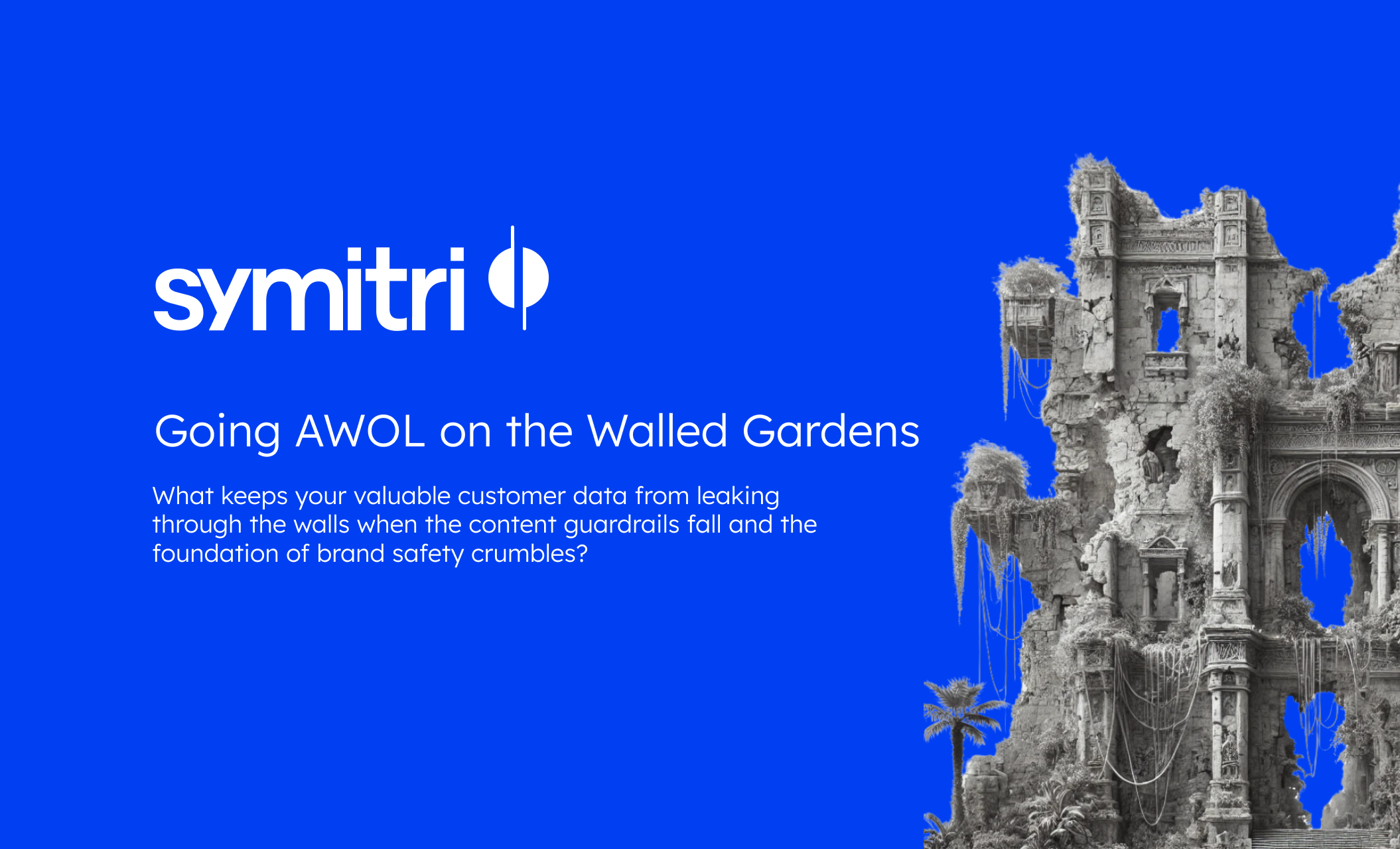Since Mark Zuckerberg announced he was taking down content moderation guardrails across Meta’s social platforms, there’s been no shortage of news and opinion on what it means for digital marketers, consumers and—more broadly—all of society. The sheer power and influence that Meta’s ad-supported Facebook and Instagram platforms possess across global markets makes Zuck’s kowtowing to the new regime far more than just a brand safety issue.
The timing alongside CES gave me the opportunity to ask a handful of our clients and partners whether they planned to change their media spend with Meta as a result. Some hedged with answers like, “it’s too early to tell,” and others commiserated that the addressable reach inside the walled gardens makes these platforms simply too valuable to remove from most media plans.
Frankly, these responses are misguided.
While brands and their agencies have become enamored with walled gardens like Meta for their vast reach and targeting capabilities, the perception of value and performance isn’t all it’s cracked up to be. Advertiser reliance comes with high costs—literally and figuratively.
According to Statista, display CPMs across Facebook and Instagram averaged in the $8 to $10 range last year. This compares to about $2.80 across the open Internet and just above $3.50 for premium publishers that our TRUSTX subsidiary monetizes through open programmatic channels. One advertiser told us their average cost-per-acquisition hovers in the $172 range for their Facebook executions. CPA results across TRUSTX premium open Internet publishers are typically between $20 and $35. The difference is staggering.
What these gaps demonstrate is performance perception vs. performance reality. While walled gardens like Facebook make it easy to buy media and measure results, when you dig in across the open Internet, real returns are clearly unfavorable. Further, as platform inventory constraints continue to drive up costs, advertisers have less and less leverage in this lopsided walled garden marketplace.
And that’s not all.
Zuck’s decision to scale back fact-checking and ease restrictions on hate speech directly impacts advertiser confidence in brand safety—and consumer trust in brands. In a 2019 ad effectiveness study, Integral Ad Science reported that 62% of consumers worldwide would cease using a brand’s products if their ads were found near unsafe content. As Facebook and Instagram become hubs for unchecked misinformation and vitriol, these platforms risk eroding trust—not just in the content but also in the brands advertising there. This shift places significant responsibility on advertisers who must now weigh even more heavily the benefits of platform simplicity against the rising risk profile.
And what about customer data?
First party data is gold to brands and publishers. What these companies have inferred about and obtained from their customers is incredibly valuable, unique and differentiated. The economic value of consumer data—whether you’re a publisher or advertiser—is almost unquantifiable. When you provision your target list within Meta’s platforms, you are literally giving Mark Zuckerberg all your customers. If you think other brands aren’t getting the benefit of your company’s consumer intelligence, you’re willfully ignoring reality.
With all these facts on the table, what’s it going to take for brands and publishers to go AWOL?
Let’s be honest. Transitioning out of the walled gardens—Meta, X and others—requires a combination of systemic shifts, compelling incentives and strategic action.
Results: Open Internet publishers must prove their campaigns deliver measurable performance—matching or exceeding walled garden metrics like reach, engagement, conversions and cost efficiency. Cost is a slam-dunk, and with AI-driven buying tools, the outcome metrics are more attainable than ever.
Simplicity at Scale: Generally speaking, open Internet media buying and measurement isn’t as effortless today as on social platforms. I’ve been advocating forever that digital publishers should unite in premium marketplaces that eliminate the need for deal IDs, complex buying processes and disconnected measurement. This is solvable.
Safety and Transparency: Especially across premium publishers, brand safety, accountability and trust are clear differentiators. The lion’s share of the premium open Internet can’t hide behind Section 230. For brands, that should be table stakes.
Data Control and Protection: While difficult to attain in the past, programmatic marketplace scale and real-time data protection can now go hand in hand. New tools make it possible for marketers and publishers to get precise targeting, real-time measurement and superior open Internet performance—all while retaining full ownership and control of their data. Trusted consumer data is the new gold. It’s time to stop giving it away.
From perception to performance.
Going AWOL on the walled gardens isn’t just a bold move—it’s the logical economic move for brands and publishers who value control, safety, transparency—and most importantly—measurable performance. The perception that walled gardens deliver better results simply doesn’t hold up to scrutiny. The open Internet proves that you can achieve scale, efficiency and superior ROI without the brand safety and data leakage risks of the walled gardens. Going AWOL isn’t just a better choice—it’s the smarter future of trusted, high-performing advertising.
